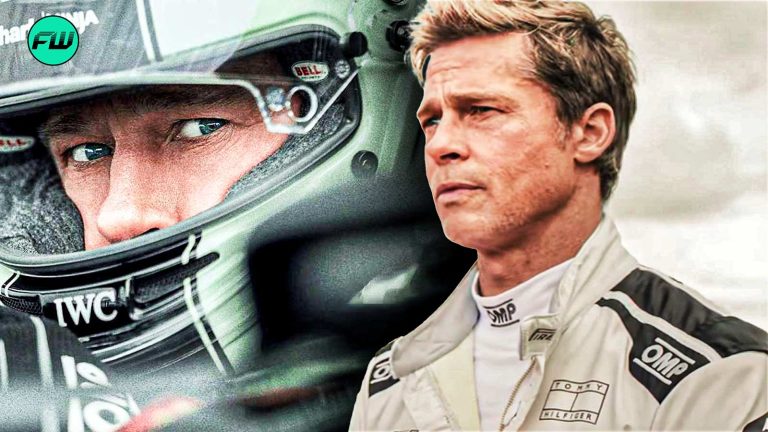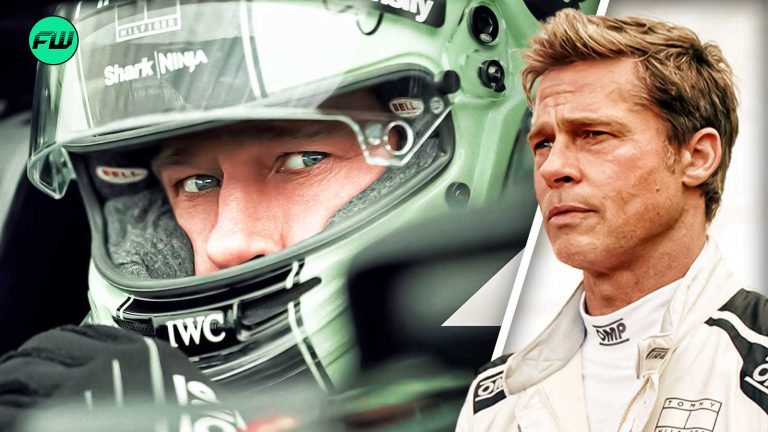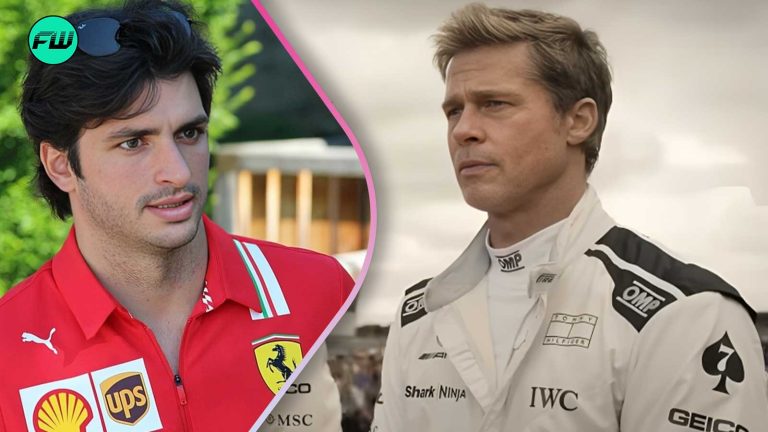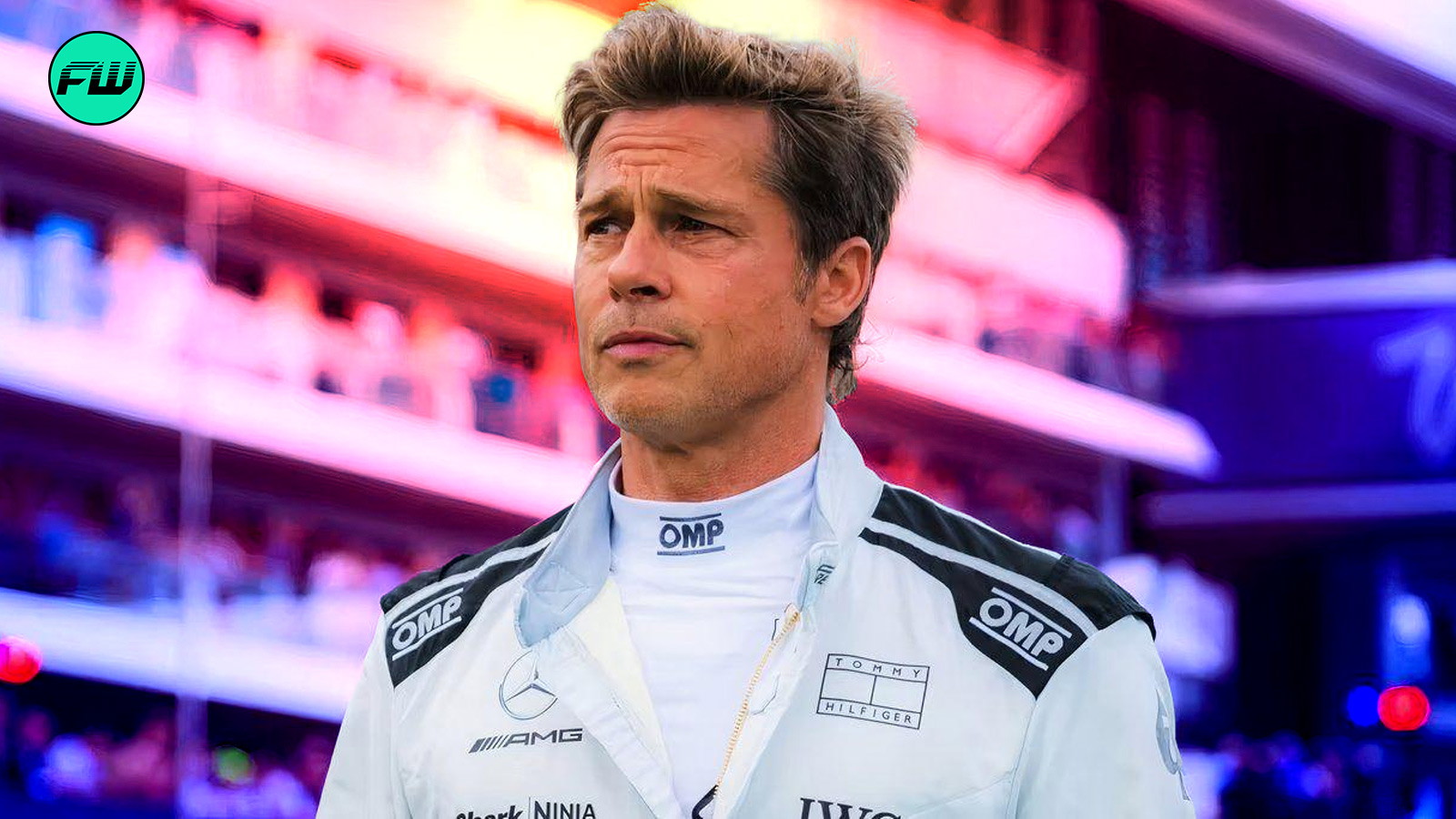
Car racing movies have a habit of cranking everything up to unrealistic levels. The speeds are exaggerated, crashes look like they belong in a superhero movie, and somehow, drivers have full-blown conversations while pulling G-forces that would knock a normal person out.
Hollywood loves to make racing look flashier, louder, and more dramatic, but in reality, Formula One is a sport of precision, split-second decisions, and intense strategy. It’s not just about flooring the gas pedal; it’s about tire management, pit stop timing, and battling for position without sending carbon fiber flying in every direction. Yet, time and time again, racing movies get it wrong, and for true motorsport fans, it’s painful to watch.

Brad Pitt’s upcoming F1 movie is about to take a shot at doing it right. He plays Sonny Hayes, a retired driver who returns to the track to mentor a young prodigy, played by Damson Idris. Expectations are high with real Formula One stars making appearances and Top Gun: Maverick director Joseph Kosinski in charge. The film has a rare opportunity to show F1 as it really is: fast, ruthless, and deeply technical.
But there’s always the risk of falling into the same traps that have ruined racing films before. If F1 wants to cross the finish line as a winner, it needs to avoid the usual Hollywood blunders that turn great racing stories into over-the-top action flicks. Here’s what it needs to steer clear of.
4. Ignoring FIA safety regulations
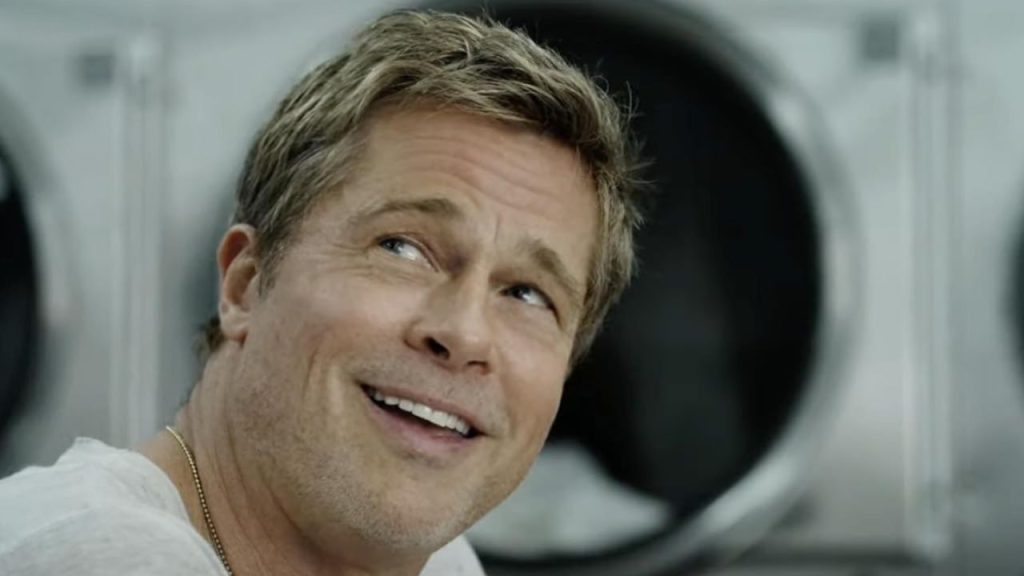
F1 isn’t just about speed; it’s about safety, too. The sport has come a long way from the reckless, no-rules era where crashes were a regular sight and safety was an afterthought. That’s why when Brad Pitt’s F1 movie teaser dropped with a scene where his character casually shrugs off safety by saying, “Who said anything about safety?” fans weren’t impressed.
Formula One drivers don’t just throw safety out the window like it’s a minor inconvenience. It’s literally a life-or-death matter. Lewis Hamilton, one of the biggest advocates for driver safety, is co-producing this film, which makes this slip-up even more baffling. How did this make it past the script stage?
F1 has lost legends like Ayrton Senna and Jules Bianchi, and every safety measure in place today exists for a reason. Glorifying danger in a film that claims to be “authentic” is a huge blunder. If the filmmakers want real F1 fans to take this movie seriously, they must fix this narrative fast. Because if there’s one thing F1 fans don’t tolerate, it’s Hollywood playing fast and loose with the reality of the sport.
3. Alienating hardcore F1 fans
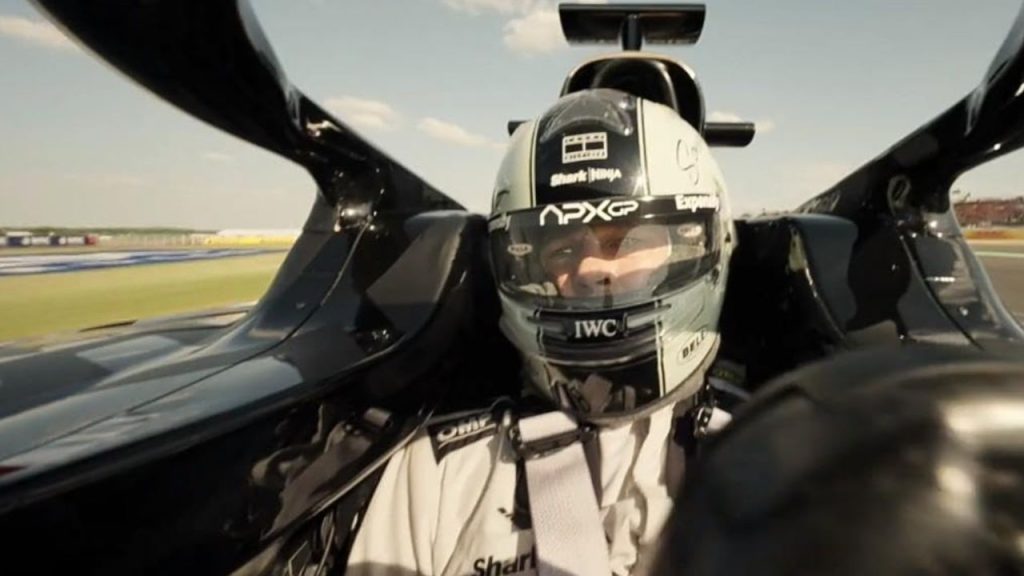
F1 fans are a passionate bunch. They know their sport inside and out, from tire strategies to FIA rulebooks. So, when the F1 movie teaser finally arrived, expectations were sky-high, only for it to be immediately met with disappointment. First, the film’s plain and uninspired title had fans rolling their eyes. Calling it just F1? That’s like naming a football movie Football.
Then came the teaser itself, which had great visuals but left hardcore fans unimpressed. Instead of feeling like a love letter to motorsport, it already seems like another over-the-top Hollywood racing flick that prioritizes drama over realism. Even the presence of real F1 drivers and Lewis Hamilton’s involvement couldn’t stop fans from questioning if this film actually understands its audience.
The movie is walking a fine line; leaning too much into theatrics will cause F1 fans to reject it outright. If the filmmakers want this to be more than just a high-speed action movie, they need to show they respect the sport’s authenticity. Because if there’s one thing F1 fans hate more than a boring race, it’s a movie that doesn’t get F1 right.
2. Overlooking small but crucial F1 details
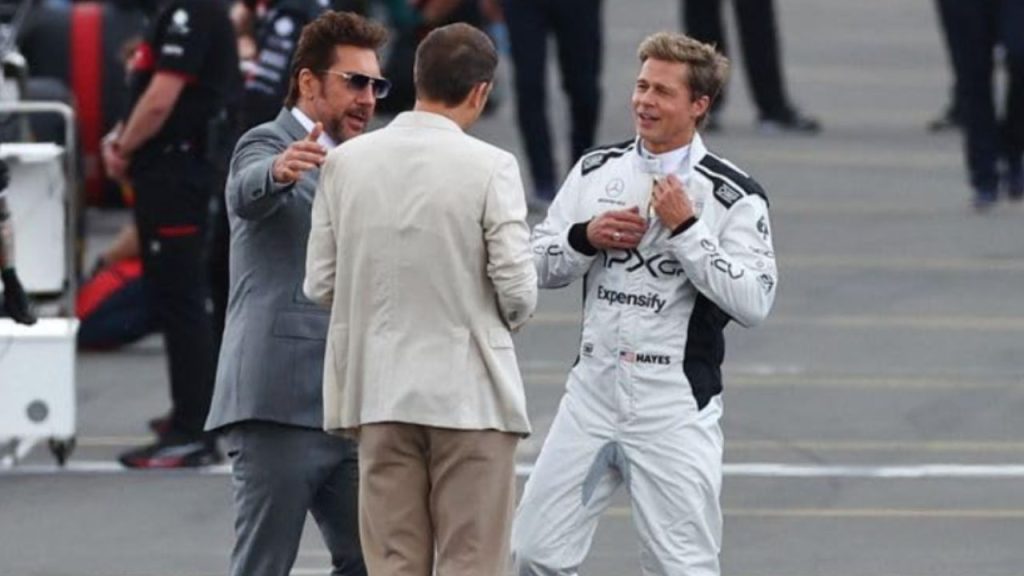
F1 is all about precision, not just on the track but in every aspect of the sport. Fans and professionals obsess over the tiniest details, so when Brad Pitt’s character stepped out of his car with his gloves still on, immediately raising eyebrows.
Real drivers instinctively remove their gloves first because that’s how they undo their helmet straps. It’s a simple but essential ritual, and getting it wrong in a movie claiming to be “authentic” makes F1 fans cringe. Racing driver Bradley Philpot even called it out as an “annoying detail for people who know what they’re looking at.”
If Hollywood wants F1 fans to take this movie seriously, these little missteps can’t be ignored. No one expects Pitt to become a real racing driver, but when even the basics are wrong, it raises concerns about how much effort went into capturing the real F1 experience. It’s the difference between an immersive motorsport movie and just another flashy Hollywood take on racing. Hopefully, the filmmakers are paying attention because F1 fans definitely are.
1. Flimsy race suits that would never pass safety tests
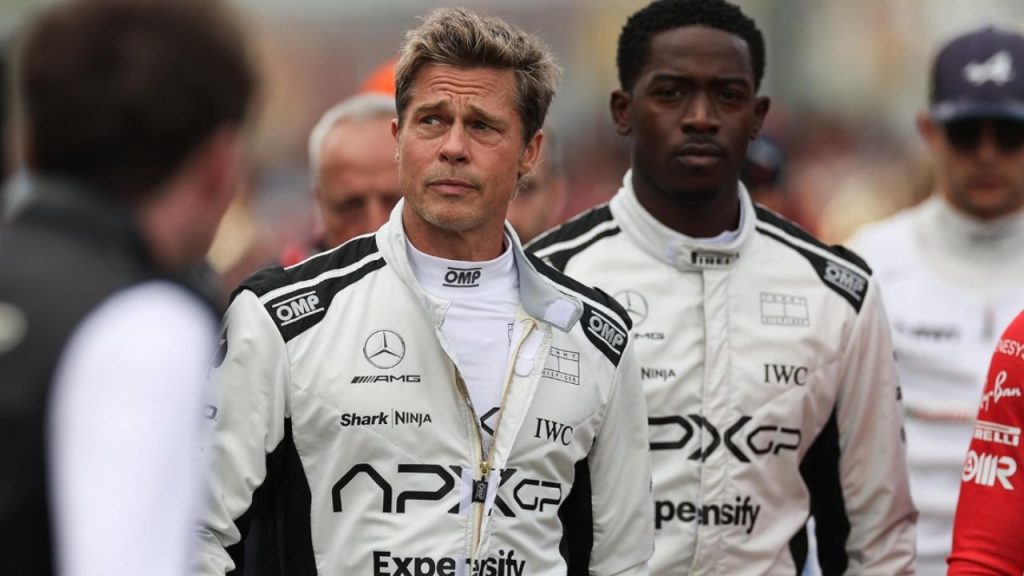
F1 race suits aren’t just flashy jumpsuits; they’re fire-resistant, FIA-approved gear designed to withstand extreme conditions. But in Brad Pitt’s F1 movie, the actors’ race suits looked questionable at best. Despite featuring proper sponsor logos, they appeared flimsy and far from the high-tech protective gear real drivers wear. This detail didn’t go unnoticed, as fans quickly pointed out that the suits wouldn’t pass any serious FIA safety checks.
For a movie that prides itself on authenticity, this is a pretty big oversight. F1 is a sport where safety is paramount, and every piece of gear, from helmets to gloves and fire-resistant suits, is engineered for protection. Cutting corners on this makes the film look less like a serious racing drama and more like a high-budget cosplay session.
If filmmakers have gone to great lengths to consult F1 insiders and even get real race footage, why drop the ball on something as crucial as safety gear? Hopefully, this is something that gets fixed in post-production, or at the very least, doesn’t take fans out of the experience when the movie hits the big screen.
This post belongs to FandomWire and first appeared on FandomWire

